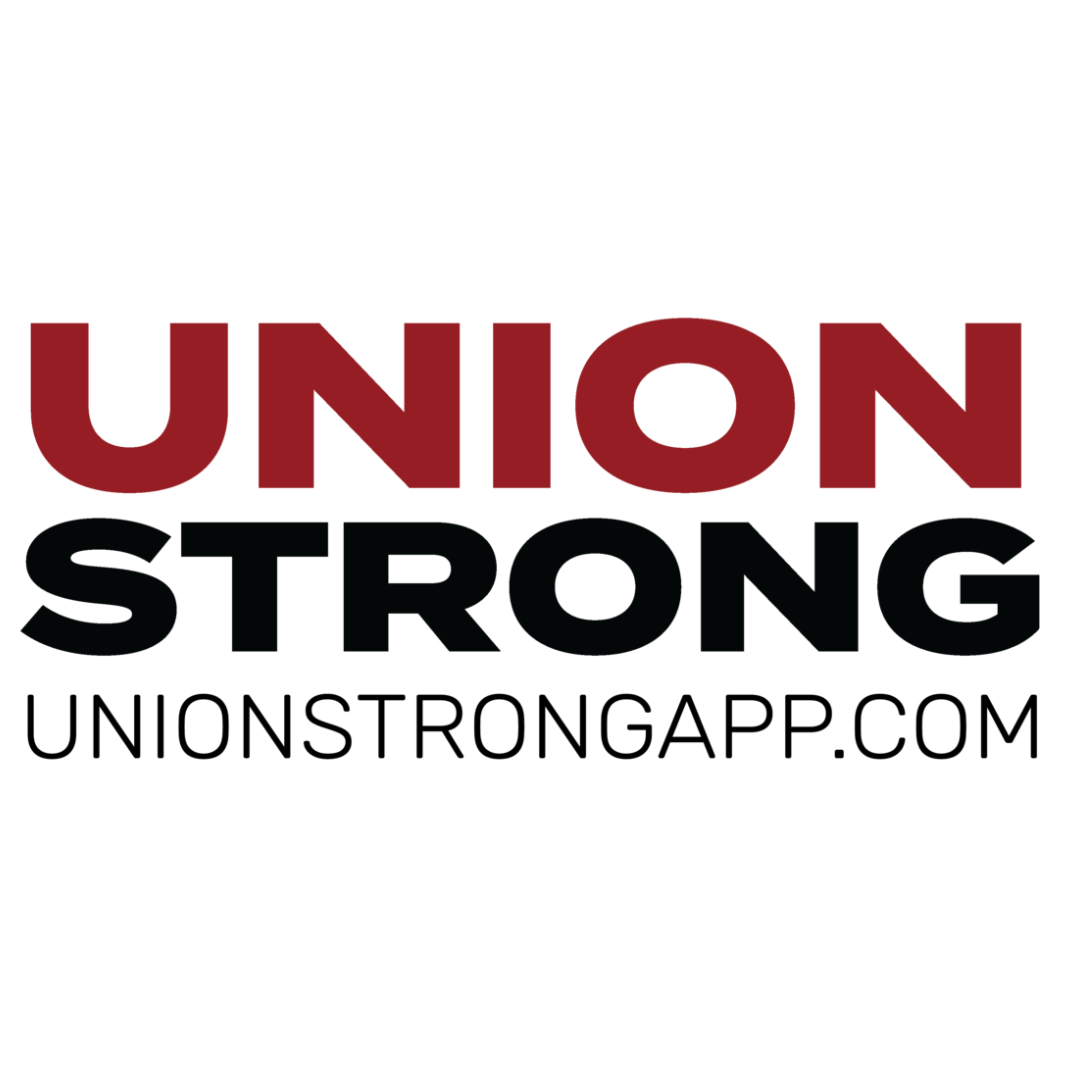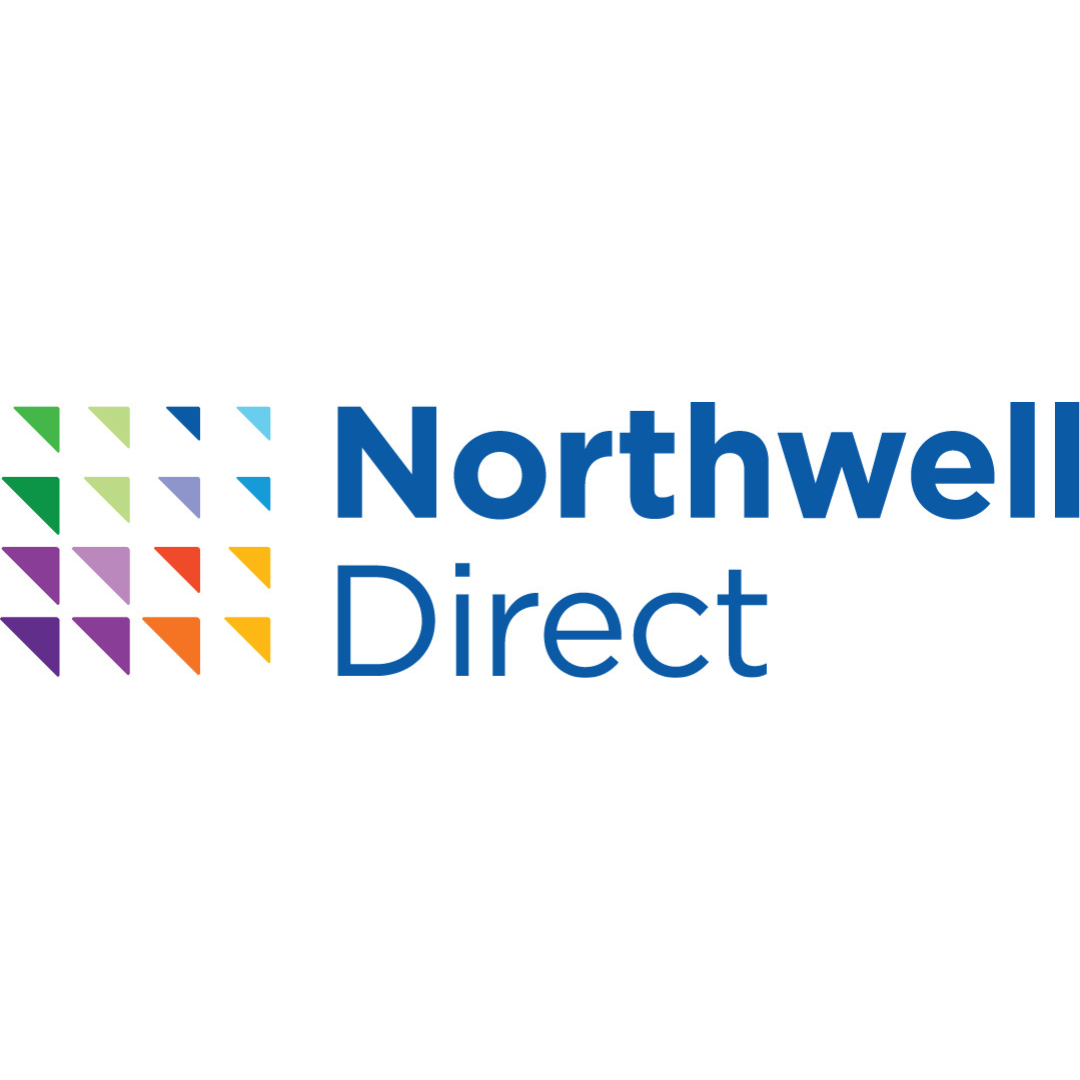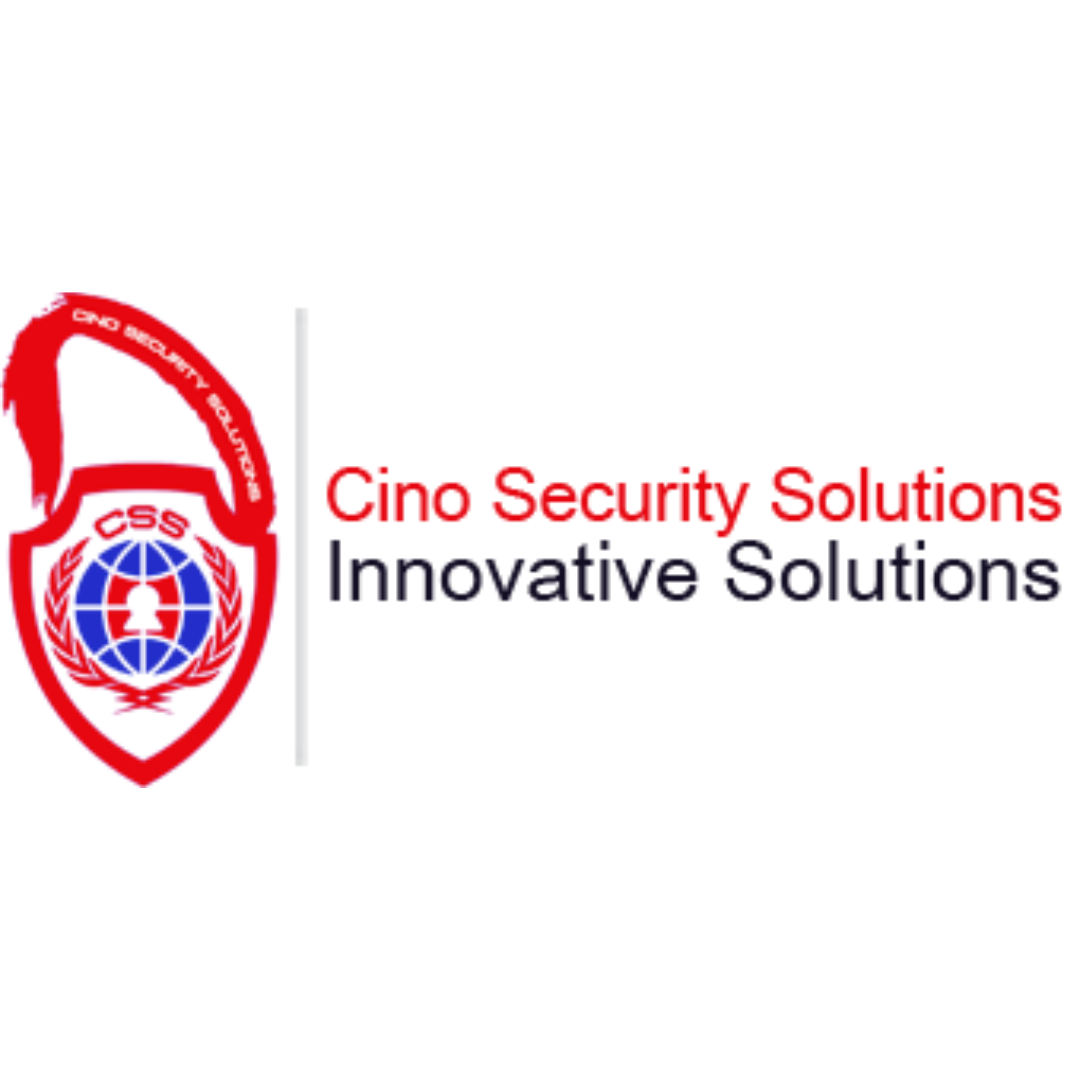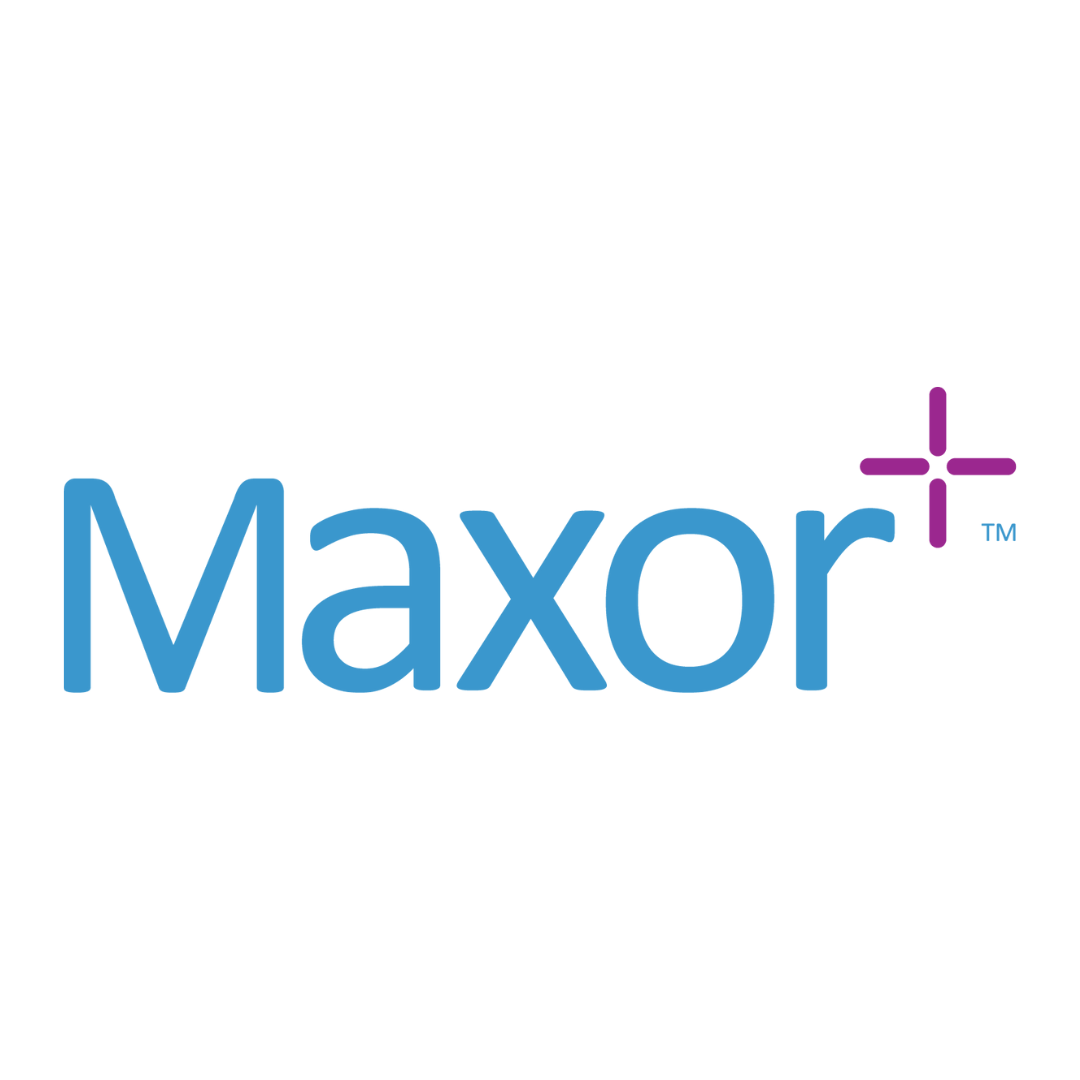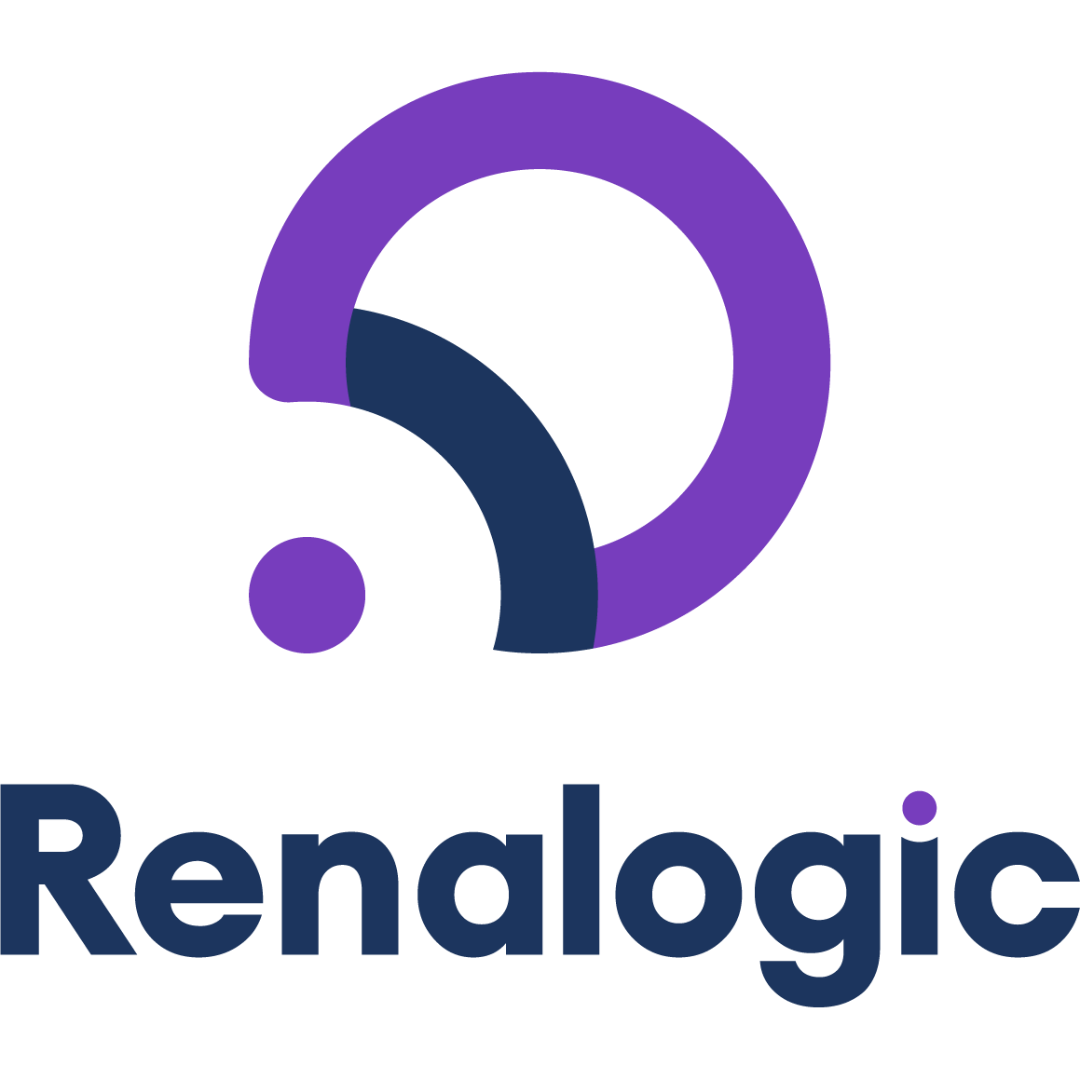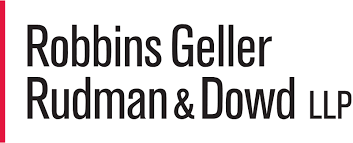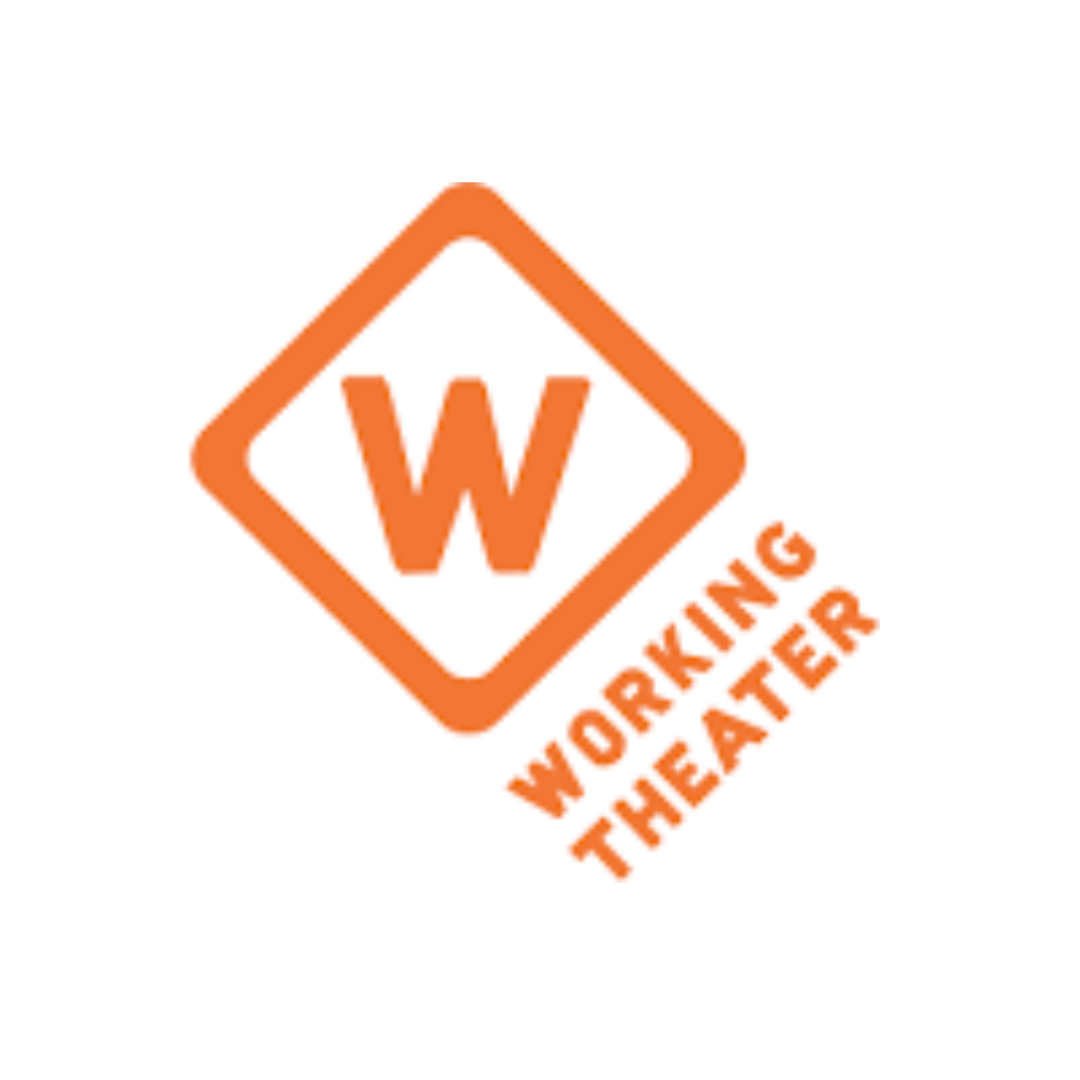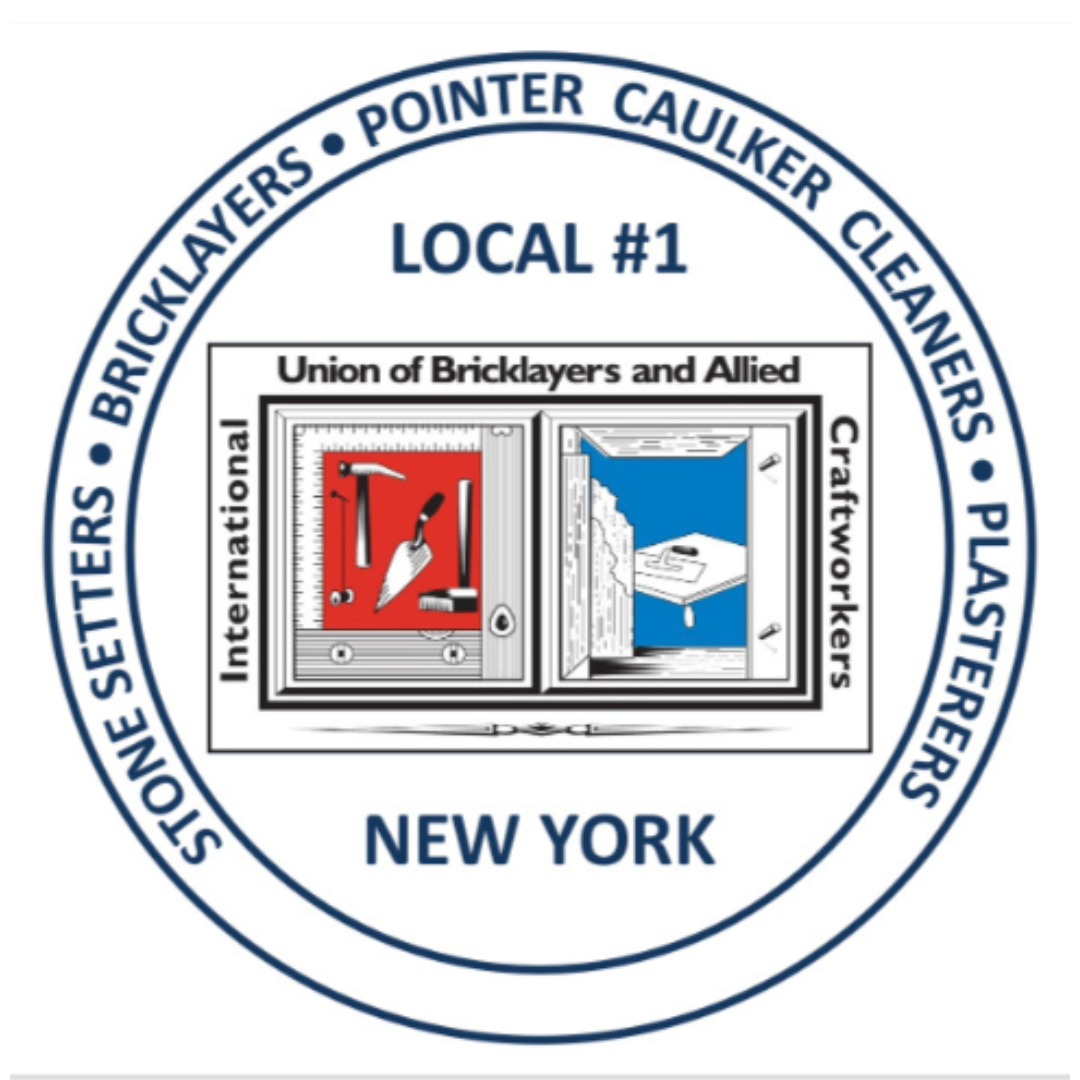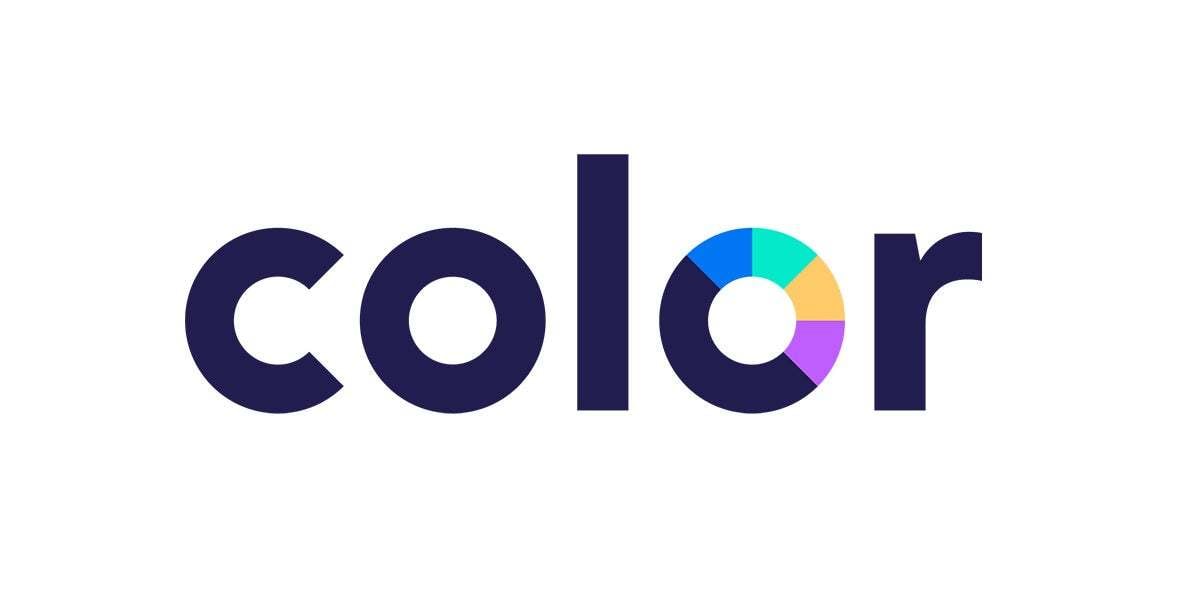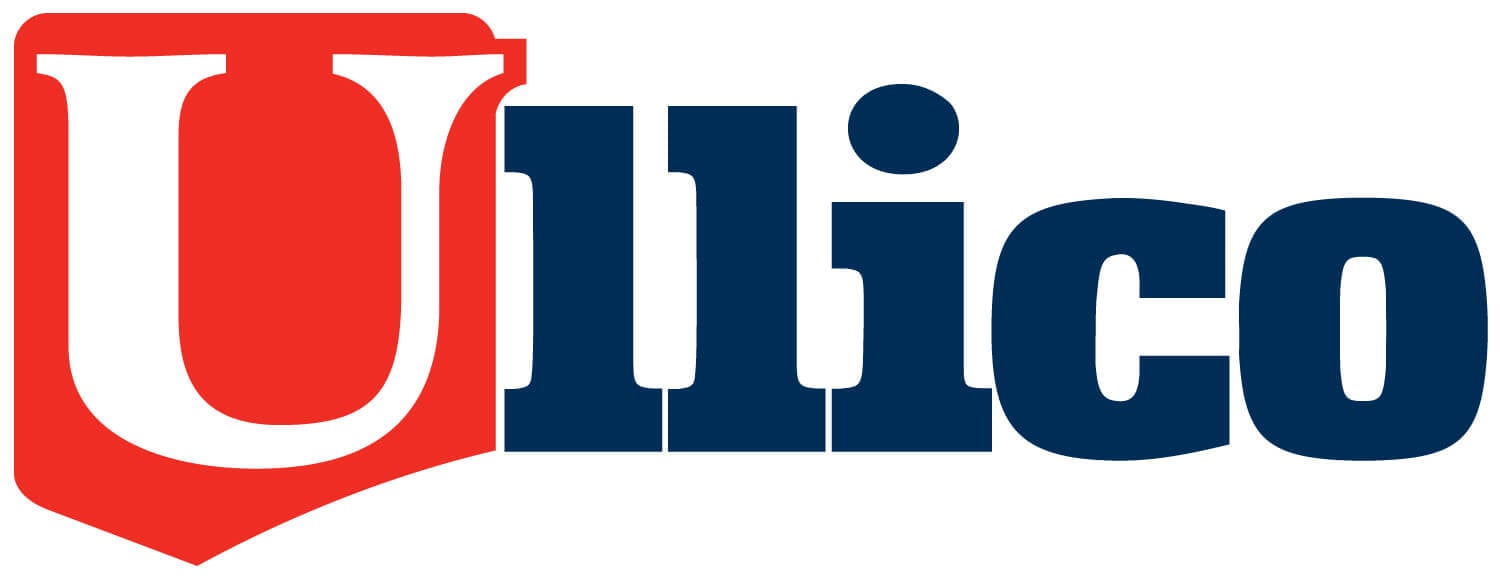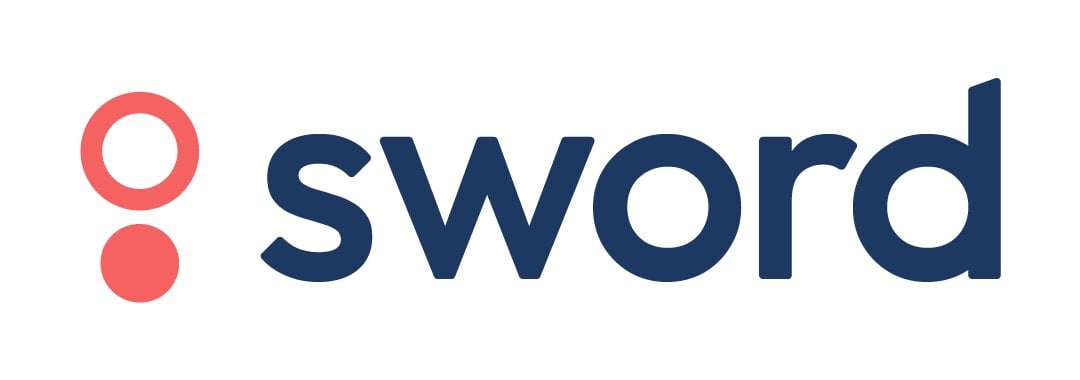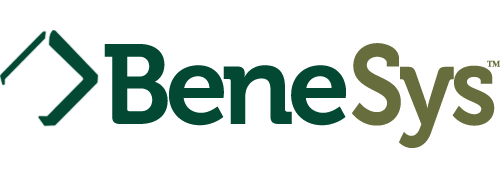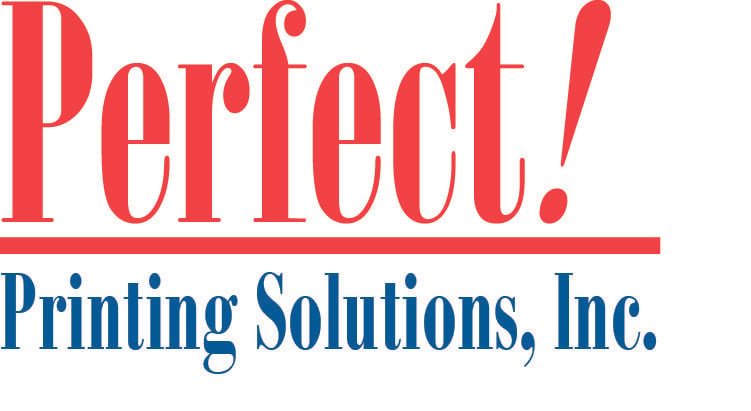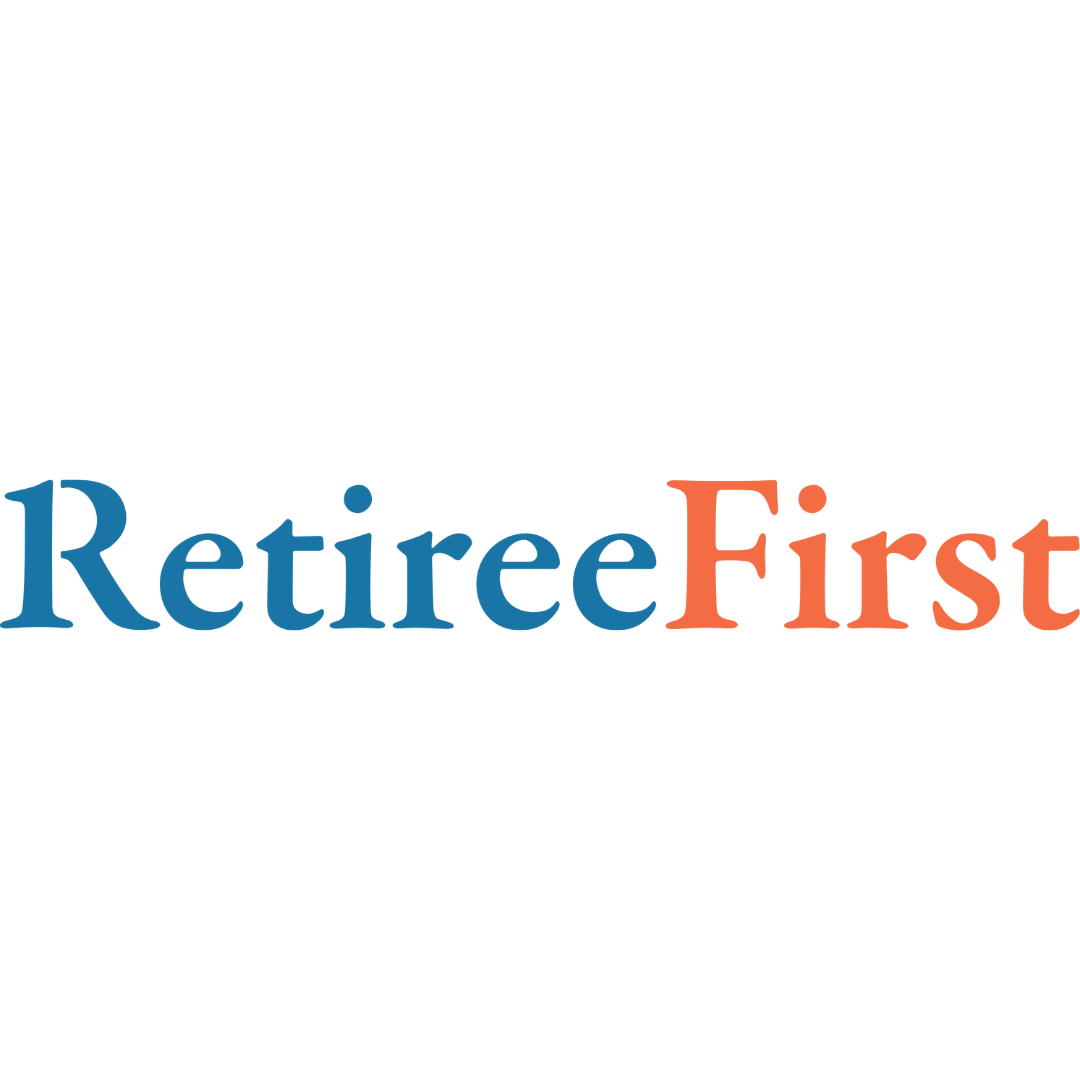Making screenings accessible to millions: Color’s partnership with the American Cancer Society for employers and unions
Othman Laraki
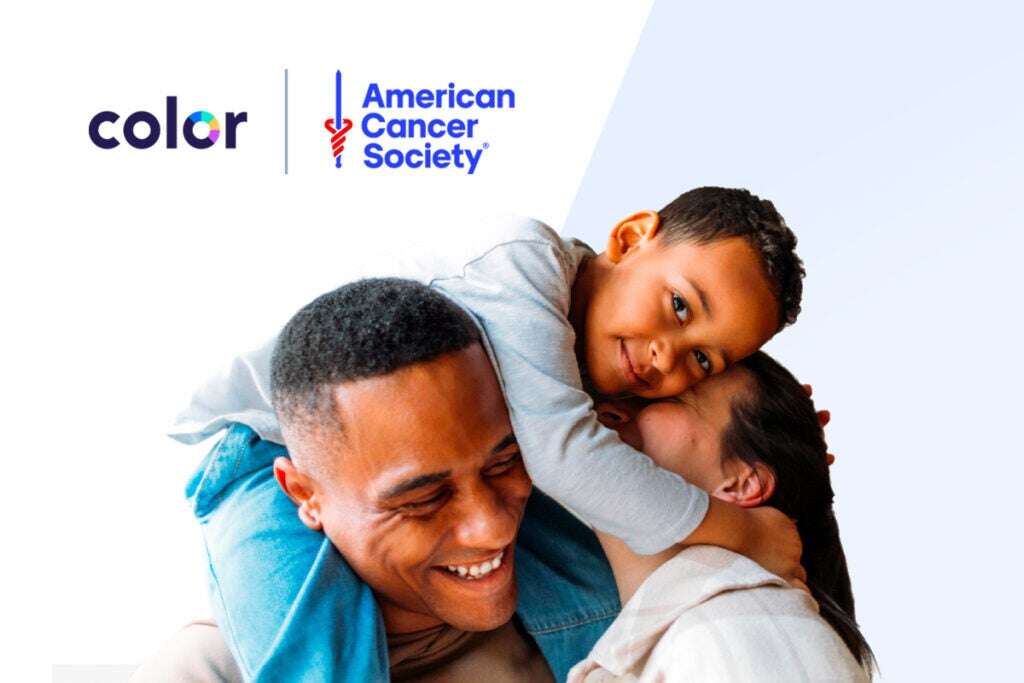
As the CEO of Color, I’m happy to share that the American Cancer Society and Color are partnering to make cancer screening and prevention more accessible to millions of Americans.
Today, cancer kills more than 600,000 Americans annually and costs patients more than $21 billion. The direct medical cost of cancer to employers is a staggering $125 billion, or 12% of their total medical spend, and an additional $139 billion in diminished productivity or lost work time. None of this is sustainable.
Together, ACS and Color have built a program that enables employers and unions – who fund healthcare for about half of Americans – to turn the corner on the escalating human and financial toll of cancer. It is possible to reduce mortality by half without relying on additional coverage or new discoveries. We do this by driving guideline-based screening and prevention. Here is why this is our approach:
We Have the Tools: Screening & Prevention
Over the past 20 years, the cost of cancer has gone up by over an order of magnitude. While we have made immense progress in extending the life of late stage cancer patients, long term (5+ year) survival has not improved dramatically for these patients. Instead, most of the population-level reduction in mortality over the past 20 years has come from screening and prevention measures, such as reductions in smoking rates and early detection.
As of today, about 45% of cancer deaths in the U.S. can be avoided through modifiable risk factors and adherence to screening guidelines but we have major gaps to close:
- 94% of those who should screen for lung cancer don’t
- 60% of those who should screen for prostate cancer don’t
- 35% of those who should screen for breast cancer don’t
In almost all cancers, detection at early stages has a dramatic impact on both survival and cost. Across most common cancers the odds of survival at an early stage are 6-8x higher than when the same cancer is diagnosed late. For example, Stage I breast cancers have a 95% survival rate vs. 30% at stage IV. Similarly, Stage I lung cancers have a 60% survival rate vs. 7% at Stage IV.
Many do not realize that established screening guidelines are effective at meaningfully moving the stage of detection. It is not about luck; it is about taking action. For example, today only ~14% of lung cancers are detected at Stage I. For populations who follow guidelines, lung cancer detection at Stage I can go from 14% to 43%. No cancer therapy has ever delivered this level of impact. If screening compliance was a drug, it would be the biggest blockbuster of the century.
Employers and Unions Have a Nation-Changing Opportunity
Employers and unions cover half of the healthcare in this country – and they can play a direct role in dramatically changing cancer outcomes and costs across the United States.
Over the past 20 years, we have made immense progress in covering screening for many of the major cancers (breast, prostate, cervical, lung, colorectal and others). The challenge we face today is not one of coverage, but of ACCESS. This is where employers and unions have such an important role to play and opportunity to seize.
Access is different from coverage, because even if something is paid for, a person’s ability (or willingness) to jump through the logistical and financial hurdles has a dramatic impact on whether that service is used. We go to the doctor when we’re sick, but we interact with our employer and workplace every day. Beyond just paying for healthcare, employers and unions can ensure access to the services that can both save the lives of employees and members and dramatically reduce the financial burden of cancer.
Employers and labor unions play a central role in American healthcare. Many of us view this role as primarily a financial one. For dimensions of health where access and equity play an important role, employers have a unique opportunity to take ownership of the way in which their employees experience life-saving screening and prevention.
Giving employers the tools to do just that is the goal of the ACS / Color partnership.
Tags:CancerHealthcare NewsIndustryNews from Color

